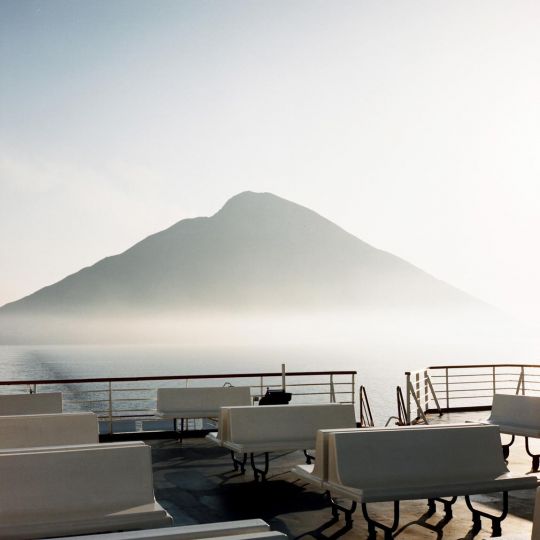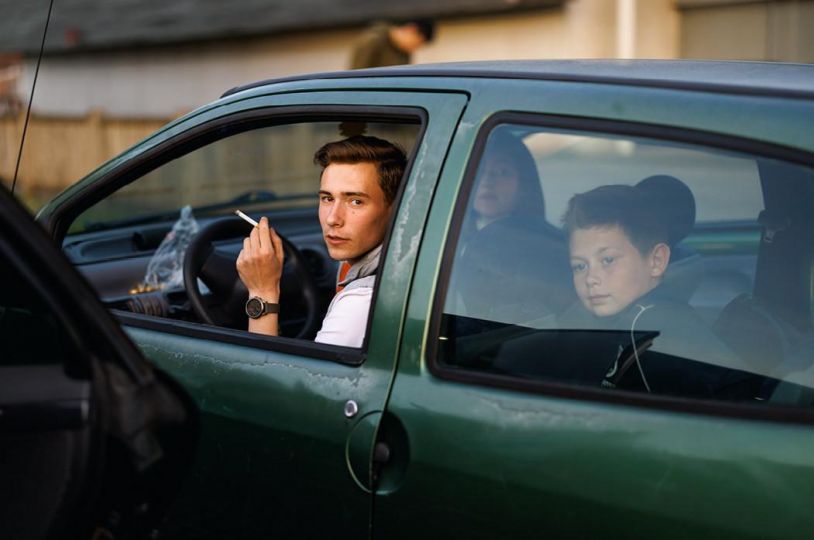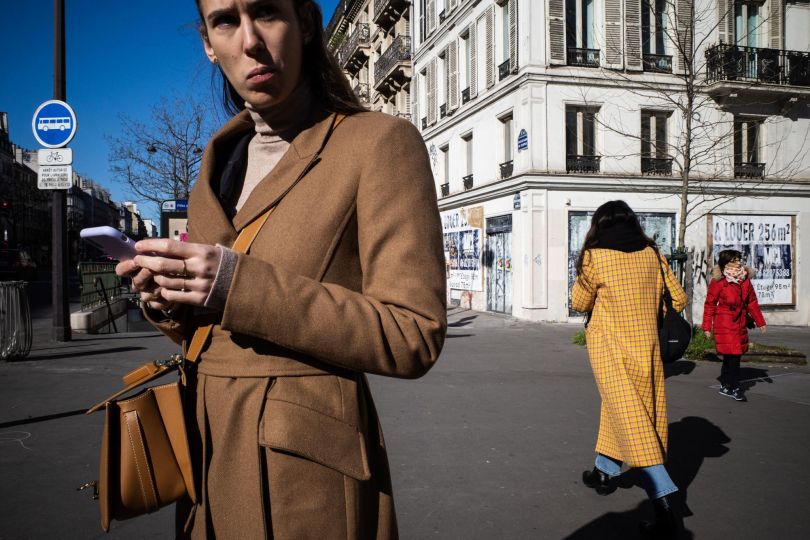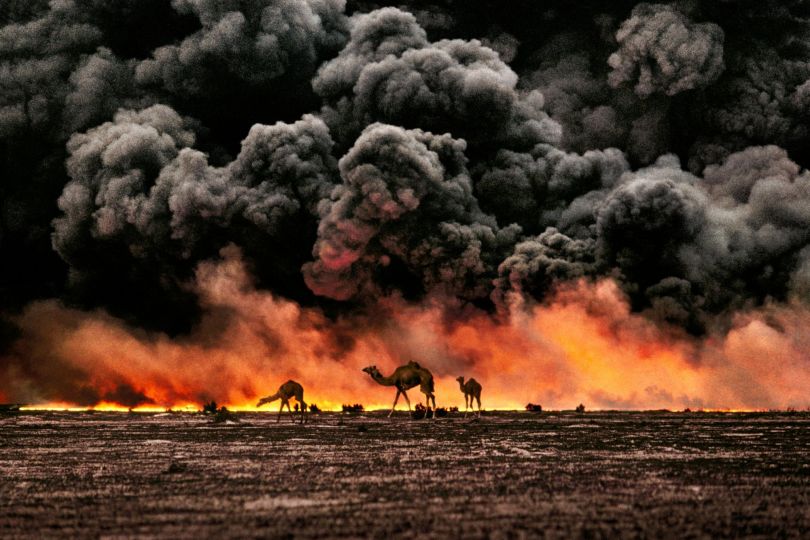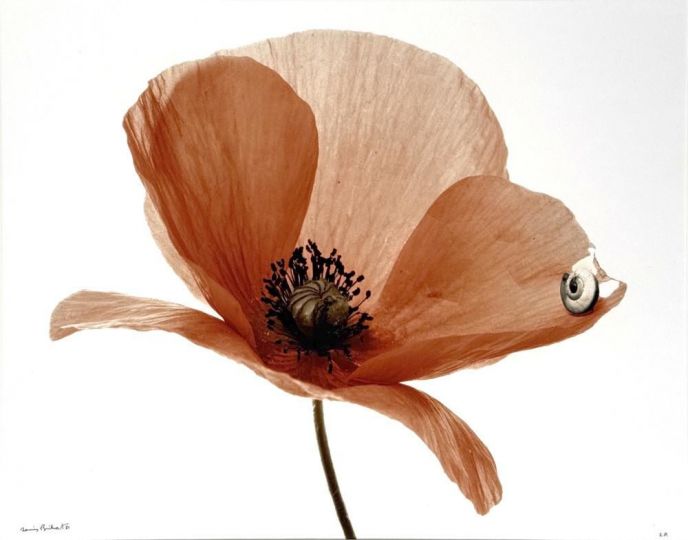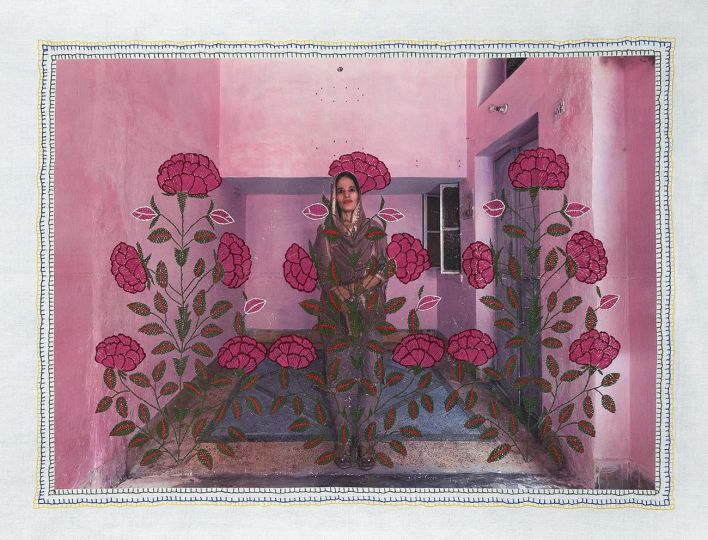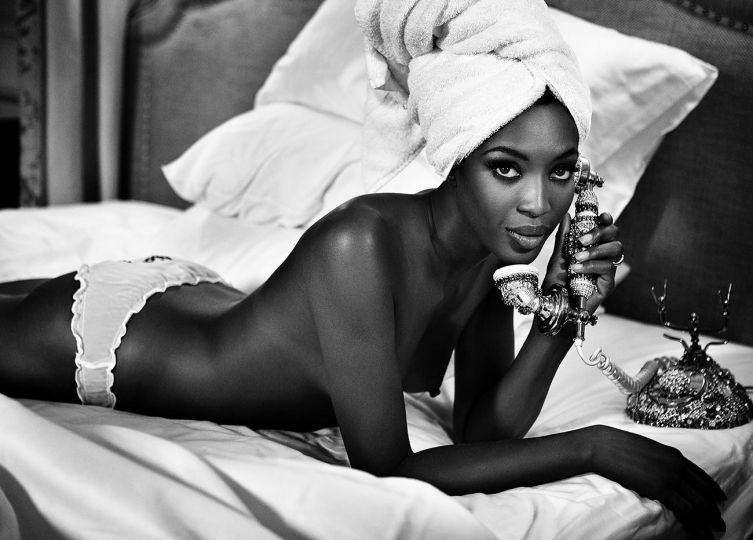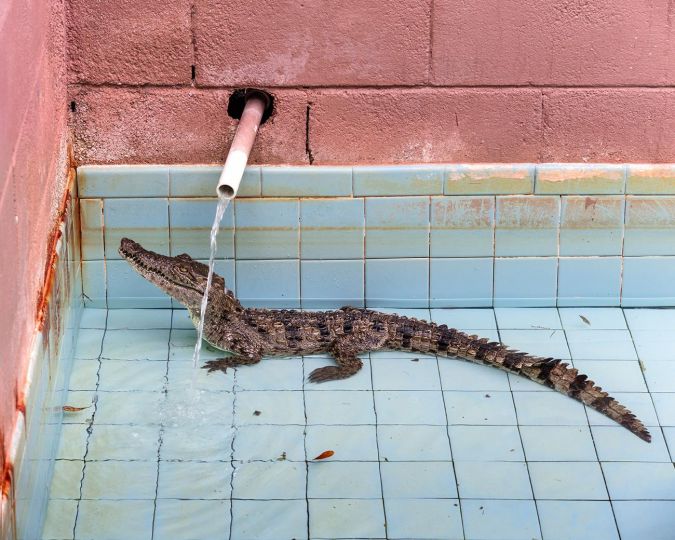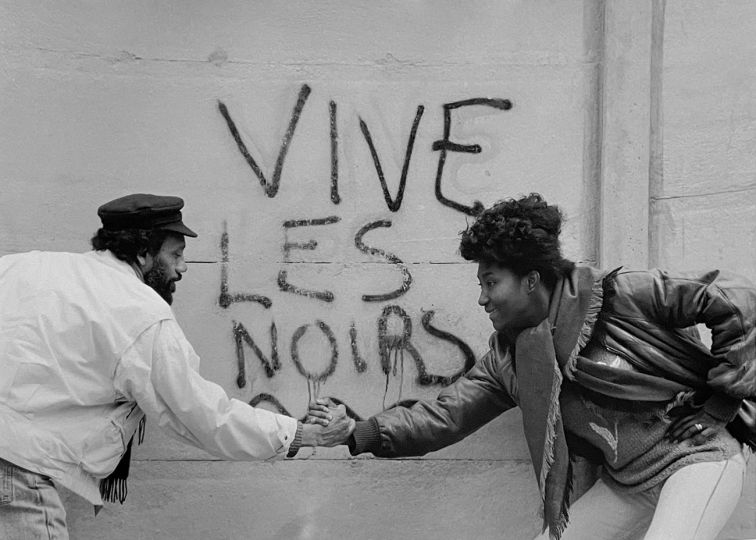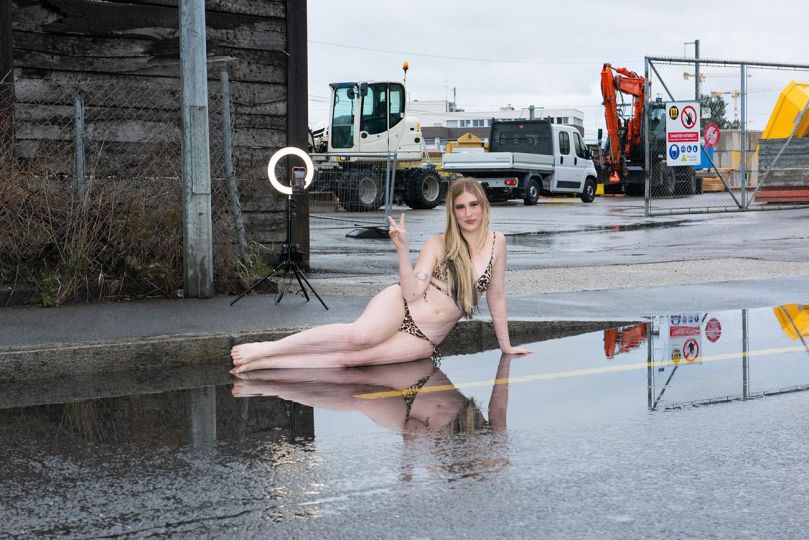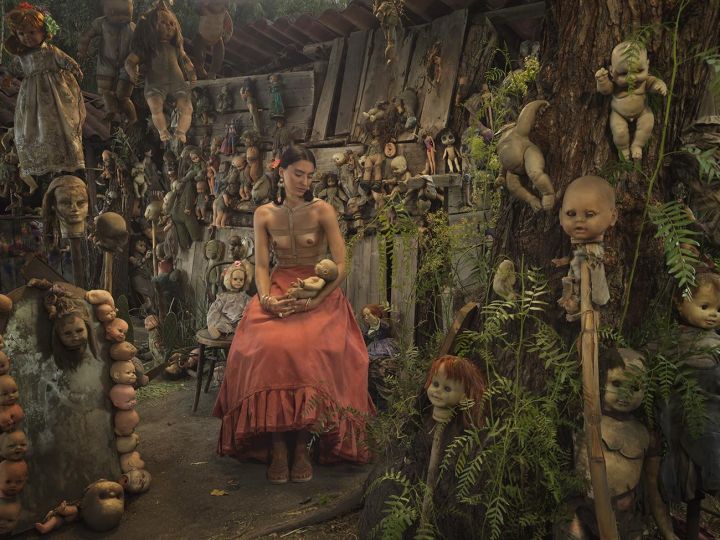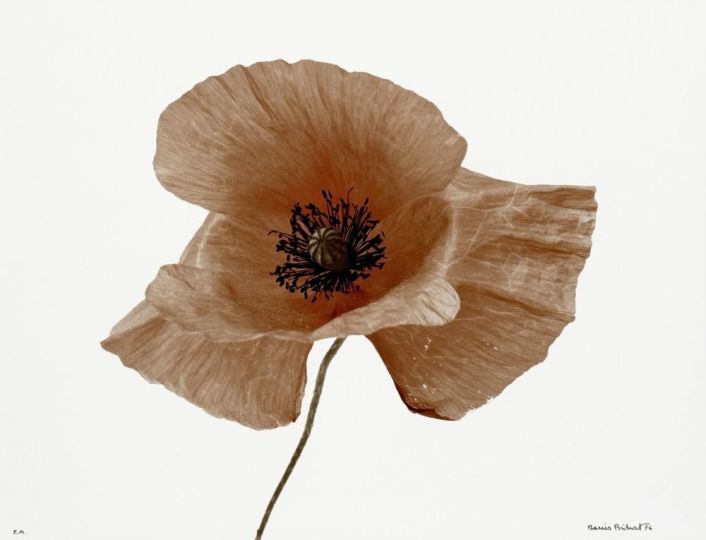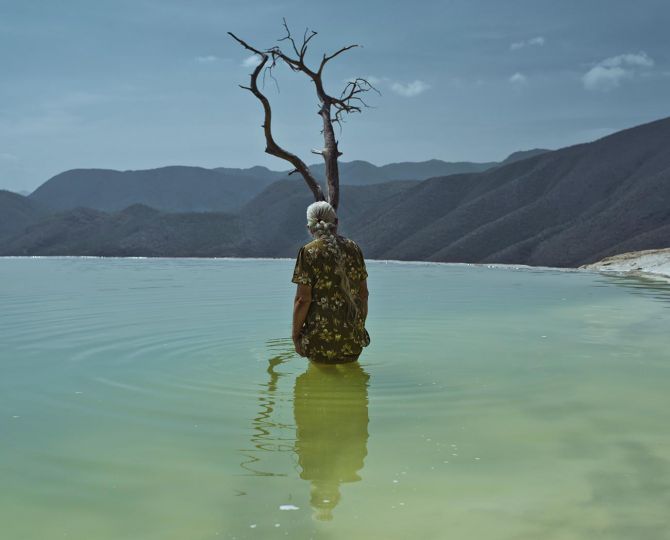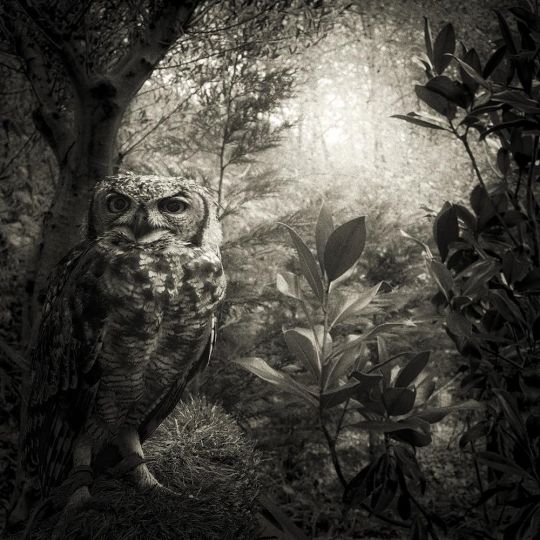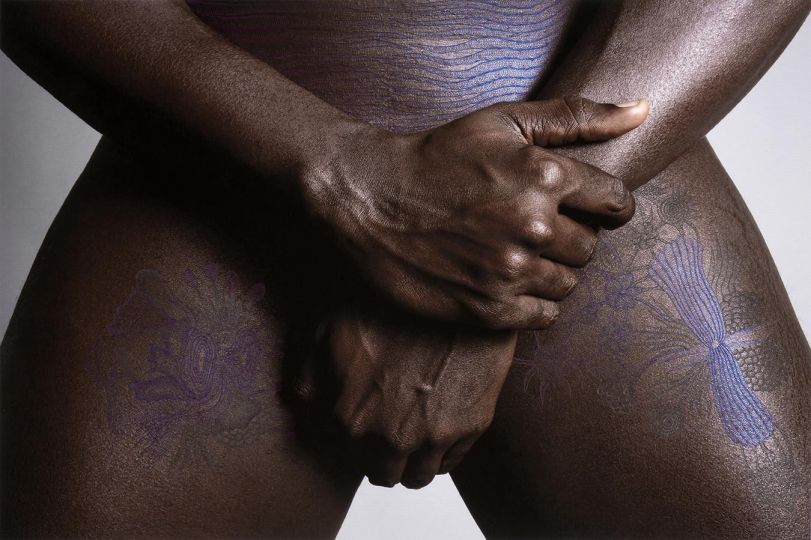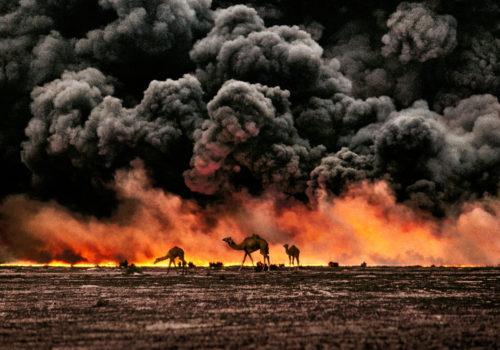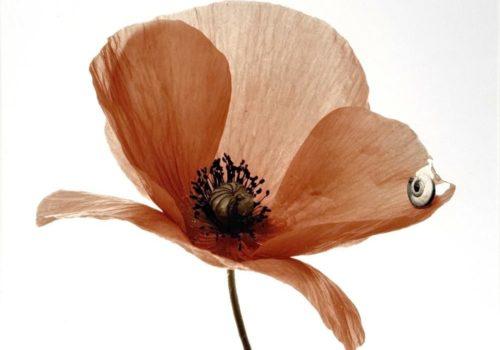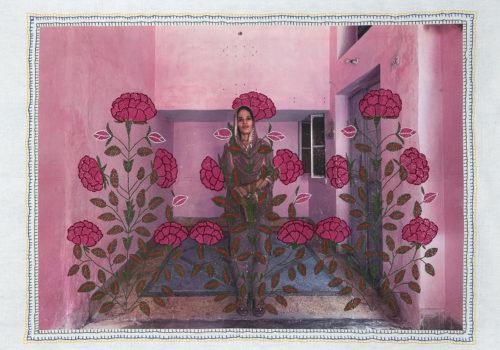In just a few months, seven friends based in Marseille have transformed their informal support network into a structured collective: Solar Collective. Together, Orianne Ciantar Olive, Giulia Frigieri, Julia Gat, Fanny Magot, Tina Masoumi, Kamila K. Stanley, and Carla Alberny advocate for a photographic approach deeply rooted in the Mediterranean, enriched by a diversity of origins, languages, and perspectives.
How do you turn a group of friends into a true photography collective?
Kamila K. Stanley: It happened very organically. Carla, Julia, and I are roommates. Julia already had a network of artist and photographer friends, including Tina, Fanny, and Giulia. I knew Orianne. We were already helping each other informally, and one day we thought: we should make this a real collective.
Tina Masoumi: I moved to France in 2023, and the first friend I made was Julia. We met while we were both taking photos. She suggested we do an exhibition, and little by little, I met the others. To me, it already felt like a small group of women photographers existed in Marseille.
Fanny Magot: I had already been part of a women’s collective in Lyon for two years: the Horizon Collective. I had experienced that kind of support—being able to ask questions when we are stuck—and I wanted to recreate that elsewhere.
In reality, was this mutual support already part of your daily life?
Kamila K. Stanley: I remember a moment when I had started a new photo series and ran into Orianne at a vernissage with Julia. Just a ten-minute conversation with her unlocked so many things. I thought we should really do this more often—make a habit of seeing each other regularly to have these kinds of discussions, which enrich our practice immensely.
Giulia Frigieri: What I really love about Solar is that it’s both a community of friends and a community of women we deeply trust. It helps to get out of your own head. As photographers, we’re often trapped in our thoughts, isolated in a highly competitive world. Recently, I wasn’t in a great place, and having Solar as a support system was invaluable. It made me realize we’re all in the same boat, truly helping one another.
So when was Solar actually born?
Kamila K. Stanley: Our first meeting was in October 2024, and we really got started in January. What do you all think? We’re trying to structure ourselves around monthly meetings to discuss both our individual projects and collective initiatives. We’ve set up a system where pairs take turns leading the collective for two-month periods. We also self-published a zine that we all contributed to, featuring our photos and texts in all our languages. I had the chance to do an exhibition in Berlin, and we used the opportunity to go together—those who could—and launch it there!
You’ve mentioned a desire to “highlight the perspectives of women photographers on the Mediterranean.” What role does Marseille play in your collective’s identity?
Kamila K. Stanley: We come from different backgrounds and nationalities. I’ve lived in Portugal, Orianne has worked extensively in Lebanon. We all have a strong interest in the Mediterranean region, and Marseille serves as a sort of home port.
Tina Masoumi: Marseille is a city of immigration, and in a way, we are immigrants too. I’m from Iran, and we all have our own perspectives on life here and on the Mediterranean, shaped by our origins. That really resonates with me—having a collective with us, newly arrived in Marseille, each with our own journeys and viewpoints.
Giulia Frigieri: The image of Marseille is often shaped by photographers who don’t actually live here. There’s a real need for local representation, by people who know the city intimately.
Fanny Magot: There are already women photographers working on the Mediterranean, but I think the idea of the collective is also about creating a united front and bringing even more visibility. It’s great to have this collective strength and to show that we exist.
What were the initial reactions after the collective was born?
Kamila K. Stanley: We received a wave of support and enthusiasm that really touched us—and also surprised us a little. We weren’t expecting it! We’ve also received messages from women photographers in Marseille who want to join the collective or collaborate with us in some way. It’s made us realize there’s a real need to amplify these female voices.
How are you approaching these requests?
Fanny Magot: It’s a question we’ll have to address soon! I think we all agree on staying a group of seven members, but we’ll find other ways to open up—through conferences, exhibitions, or meetings with the women reaching out to us.
What connects you artistically?
Giulia Frigieri: I think the intimate perspective is important, because aside from commercial projects, we all work on relatively long-term projects.
Tina Masoumi: We share a common thread: we work on human stories. Our personal projects are deeply rooted in people and life narratives.
Fanny Magot: I’d also add that aesthetically, most of us work primarily with natural light.
Kamila K. Stanley: And a lot with analog photography—but not exclusively!
And the future? What does 2025 have in store?
Kamila K. Stanley: We can say that takeoff is underway, and we’re planning a launch exhibition this summer!
Tina Masoumi: There have been discussions with some people about organizing a launch event during Arles. We’ve also been invited to participate in a Magnum workshop in Marseille in August, where we’ll present ourselves as guest artists. That’s what I know so far, and honestly, I think it’s super exciting!
More information

